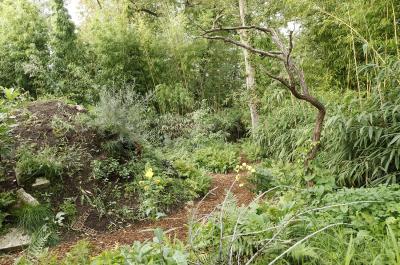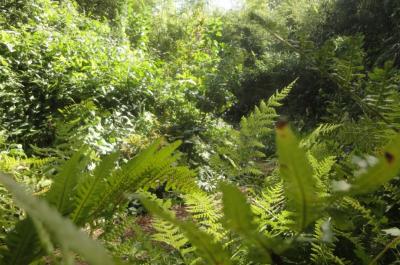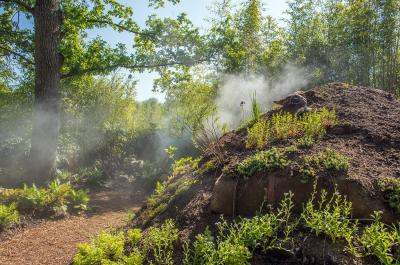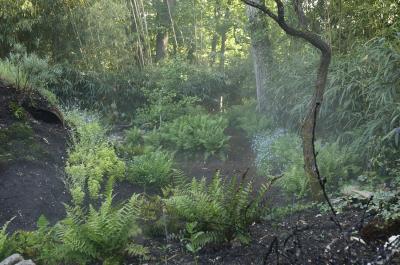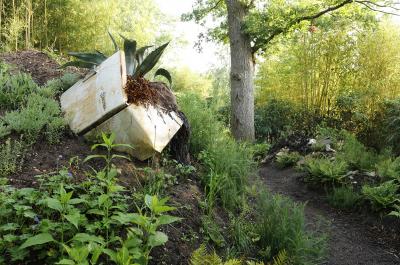19BIS. (R)évolution

DESIGNERS
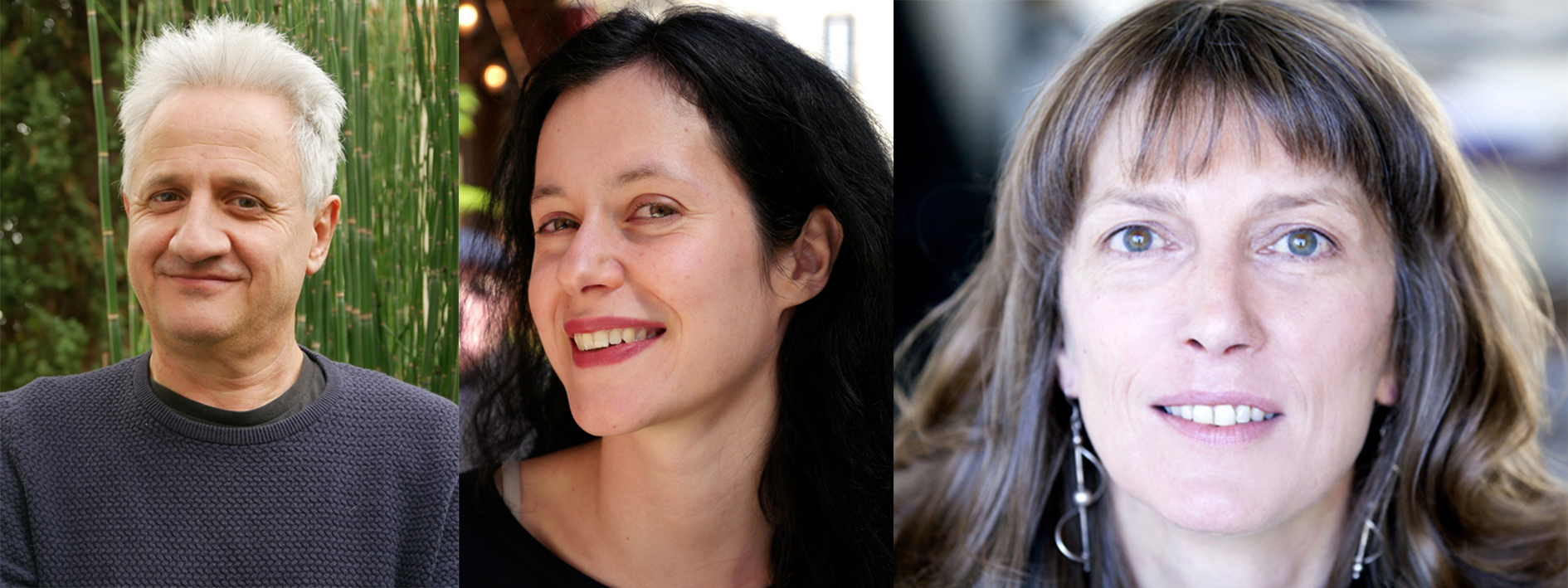
Philippe Bertrand grew up in Cluses in Haute Savoie, between town and nature. At the age of 10, he planted his first tree seeds on his balcony and at the age of 20 he enrolled at Angers’ National School of Practitioners of Horticulture and Landscape (ENITHP) and gained initial experience during an internship at the Jardin des Plantes botanical garden in Paris. At 23, he went to work on Mare Island in New Caledonia, where he developed his horticultural skills, and at 25 he took on the management of the Adriana horticultural and landscaping lycée’s nursery in Tarbes. At 30, he turned to teaching landscape at the same lycée, taking over management of the botanical park and its extension and developing courses combining garden, contemporary art and environment. At the age of 43, he held his first contemporary art exhibition, Jardin Barbare (“Barbaric Garden”, at Omnibus in Tarbes), followed by other collective (Dérapage contrôlé / Controlled Skid) and one-man (Naître ou ne pas être / To be born or not to be, at Les Beaux Jours bookshop in Tarbes) exhibitions; at 46, he set up a bonsai workshop at the Lannemezan penitentiary, and at 50 he published a collection of poetry, drawings and photographs, Faire des histoires (Making a Fuss). Still teaching today, he carries out landscaping projects with his pupils, continues to create and manage the lycée’s park, and keeps up his other activities: bonsais at the Penitentiary, poetry, exhibitions, and administrator at Omnibus/art laboratory, where it was suggested that he should take part in this project.
After graduating with an advanced teaching certificate in classics, Christine Monlezun decided to embark on a career as an actress. She made her first appearances in Toulouse, in productions staged by Michel Mathieu, Didier Carette, Maurice Sarrazin and Jean-Jacques Mateu, and was later to be seen in Bordeaux in plays directed by Jean-Luc Terrade. She finally turned to directing in her own right, staging “Bartleby”, “La Formule”, with the musician Jessica Constable at the “30-30” Festival, and founding the Mille et un Plateaux company in Paris, where she lives. She has directed Copi’s “Les Quatre Jumelles” and Sarah Kane’s “Crave”. Her stage work is characterised by the inclusion of visual and audio landscapes and shows a preference for open texts, without beginning, middle or end but well suited to working on the very matter of time itself: the cycles, repetitions, and alternations of full and empty, presences and absences that are at work within it. When she first met Camille Lacroix, they felt an immediate bond, their artistic worlds having a great deal in common. They worked on a theatrical project together and decided to continue their collaboration by designing a garden for Chaumont-sur-Loire’s International Garden Festival, bringing in Philippe Bertrand to participate in their adventure.
Camille Lacroix is a stage designer and visual artist with a degree from the National Higher School of Decorative Arts. She works regularly with dance and theatre companies (including PLI and Point d'Assemblage). In 2013, she joined forces with Flora Détraz to initiate the “Waves” project, a series of audio walks created in situ in various European cities (Stockholm, Caen and Lisbon). The experience led her to view text and sound creation as an extension of her scenographic work in areas the very opposite of theatre stages: landscapes that had been urbanised to a greater or lesser degree. She met Christine Monlezun while they were working on a theatre project together, an experience that inspired them to collaborate on a more regular basis, and design this garden together with help from Philippe Bertrand.
